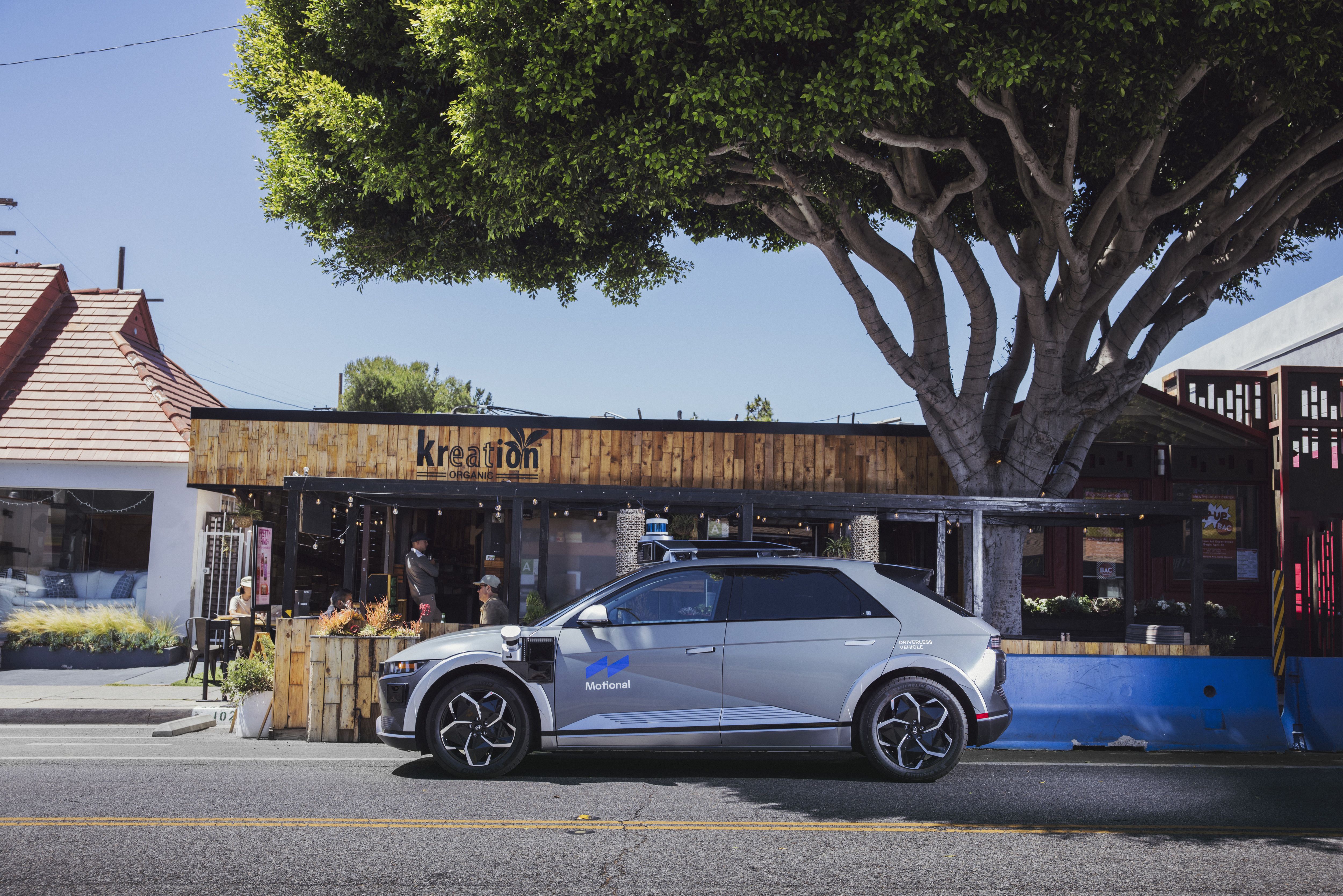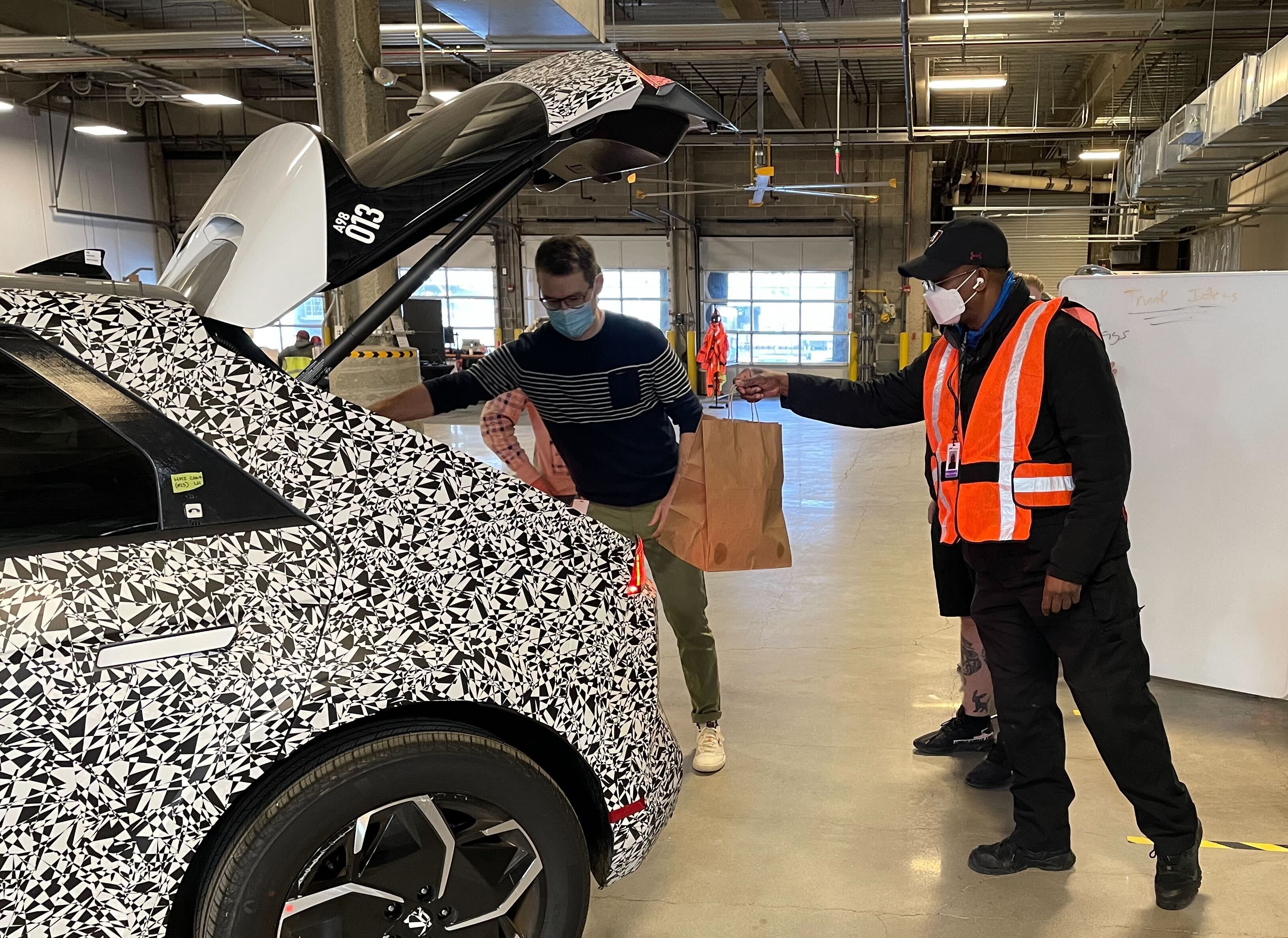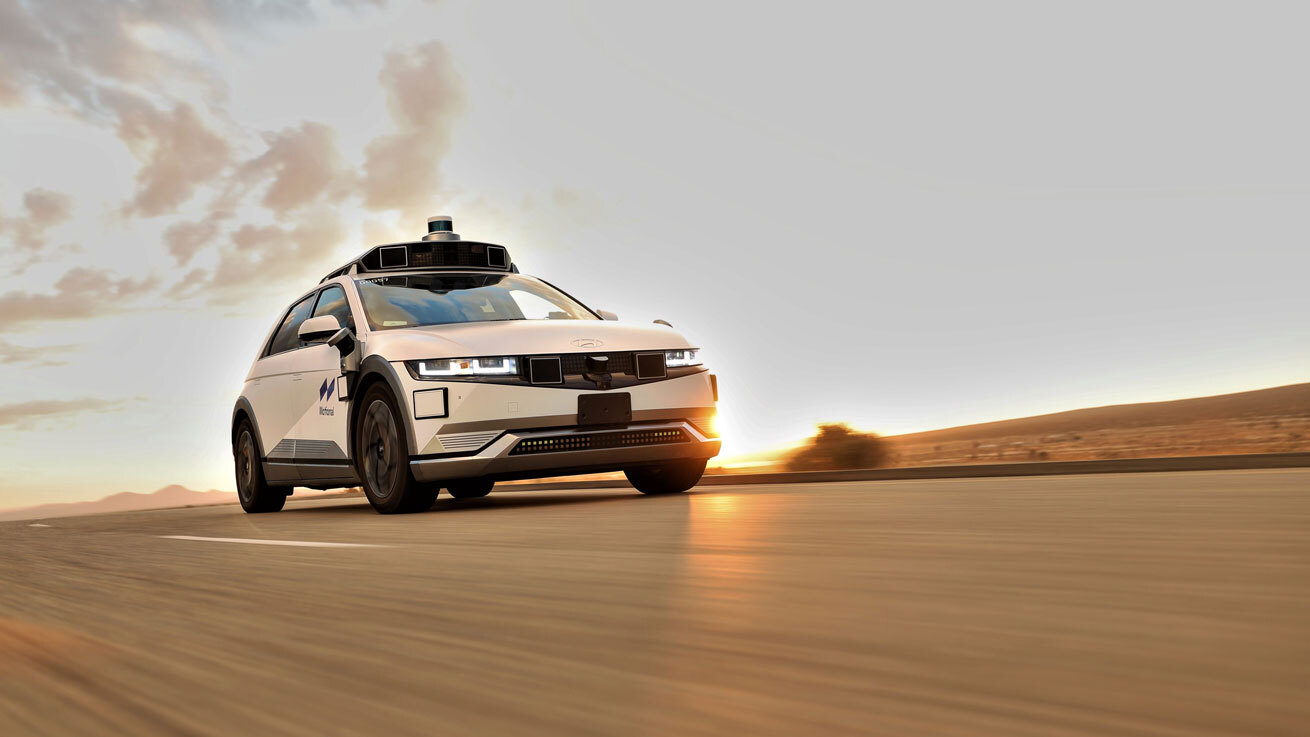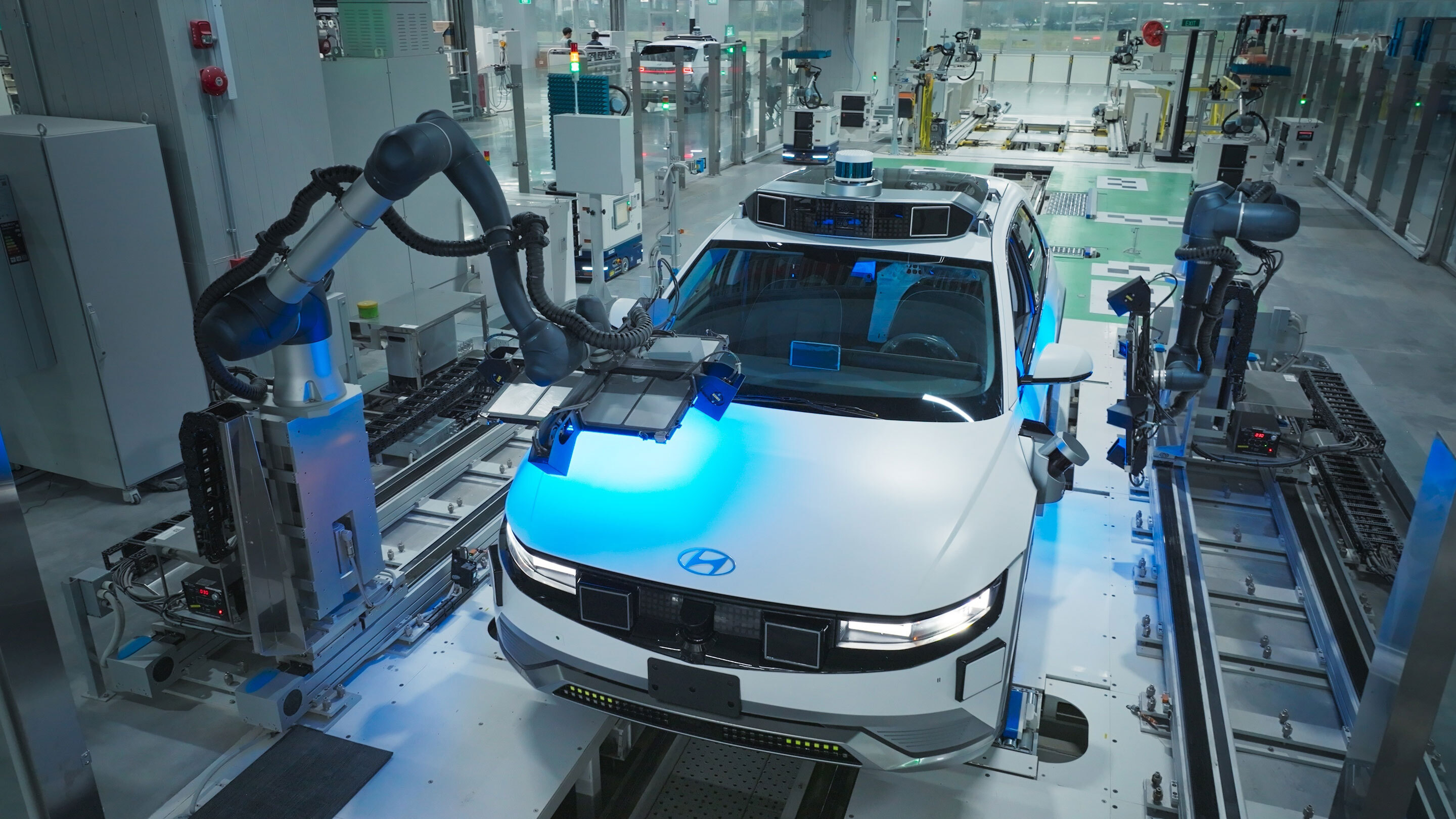Engineering For Delivery: How Motional designed the IONIQ 5 robotaxi to move people – and goods
Motional has entered the autonomous delivery market, with one of the world’s largest food delivery providers - Uber Eats - as our first partner. On Monday, we launched a pilot program where our driverless robotaxi, which is based on the all-electric Hyundai IONIQ 5, is being used to deliver food in Santa Monica. To make this possible, our vehicles are being enhanced to not only transport passengers, but also handle the autonomous delivery of food and goods.
The market opportunity is clear: demand for food delivery has doubled over the last two years, and the use of mobile food delivery apps is up more than 20 percent. A dual-purpose autonomous vehicle (AV) not only strengthens our go-to-market strategy, but also allows Motional’s vehicles to drive more miles on public roads while in service. When your technology improves with every mile driven, this latter benefit is important.

Motional has launched a pilot program with Uber Eats to conduct deliveries in Santa Monica using the IONIQ 5 robotaxi.
At Motional, we understand that creating an AV capable of serving dual purposes without losing functionality for either use requires a thoughtful, data-driven product design.
Product design is often about striking a balance between usability and feasibility. If your product swings too far in either direction, it either won’t work properly or won’t be accepted in the marketplace. And with autonomous vehicles being a new technology, we need to find this happy product design medium without many — or any — prior examples to build upon. The end result, however, promises to be a revolutionary AV that maximizes benefits for both riders and delivery partners and customers.
Designing for delivery
Designing and developing a driverless ride-hail vehicle that’s safe and rider-friendly required solving unique challenges. These included figuring out how to ensure the ride feels comfortable and familiar when there isn’t a driver in the front seat the passenger can communicate with, or how the passenger can signal to the vehicle that they want to end the ride early.
Designing and developing a vehicle capable of delivering food and goods comes with a different set of challenges. For one, we need to consider the needs and desires of both the end-customer and the merchant, rather than just the rider. And while we may not need to worry about the passenger’s music choice, we do need to accommodate a wide range of food packaging shapes, sizes, and temperatures. The requirements of a sushi order differs greatly from that of a large pizza, and a burrito’s needs are different from that of a cup of coffee.

A Motional technical team is working on creating the hardware needed to allow its robotaxis to also deliver food under a partnership with Uber Eats.
Motional AVs equipped for these dual purposes need to be able to perform both deliveries and rides without needing a person to change configurations between trips. This presents an engineering challenge because the delivery infrastructure cannot negatively impact the rider experience. We need to allow ample room for passenger luggage and shopping bags, while still being able to transport food and goods spill-free.
Finally, any solution also needs to be reproducible on a mass scale. Motional isn’t just operating one vehicle in one city; our goal is to be in many major markets by mid-decade, and continue to expand. So we are developing delivery infrastructure that could be installed in tens of thousands of Motional vehicles.
Taking a phased-approach
As experienced product design engineers, we know the delivery system that we've installed for the pilot won’t be the final iteration.
But like any good team of engineers, we’ve started with the basics, such as the available space, basic functionality requirements, and production deadlines. We want to make sure our minimum viable product works, and then we’ll build off that success, improving the design each step of the way.
Our pilot with Uber Eats, which launched today and features safety operators inside the vehicle, will allow us to gather valuable user feedback on how our solution is performing. It’s one thing to test a prototype in a lab; it’s another to see how it’s used by real customers in a real setting. Human behavior isn’t always predictable, and we will have humans involved on both ends of the delivery. Merchants don’t always load orders as expected and customers may be distracted on their phones as they retrieve their items.
The pilot will help us figure out how to measure and interpret customer feedback and then evolve the product. The more we learn about how autonomous food and goods deliveries work through real-world testing and feedback, the better a solution we’ll be able to devise.
This is why we became engineers: to solve tough problems. We love a good challenge, and right now we’re close to solving one of the toughest technological challenges of our generation - autonomous vehicles.
Robotaxis have the capability to change the way the world moves both human passengers as well as goods. Our pilot is focusing on food deliveries. But soon, that automated delivery service could expand to include groceries and prescriptions.
As a product manager at Motional, I’m excited to help make this revolutionary new AV technology available to more people and for more use cases.

